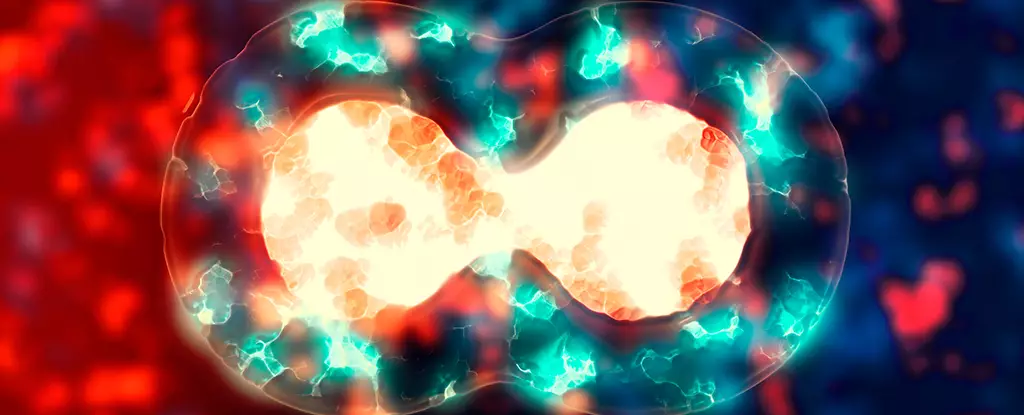Early gestation, a significant but enigmatic period in human development, has recently captured the attention of researchers studying schizophrenia. Through an extensive analysis of genetic data, a team led by Harvard Medical School clinician-scientist Eduardo Maury uncovered two gene deletions associated with schizophrenia that likely occur during this critical formative stage. These findings challenge the notion that schizophrenia is purely hereditary and emphasize the potential impact of environmental factors early in life. By shedding light on the origins of schizophrenia, this research opens the door to new possibilities for early prevention and intervention.
Schizophrenia is a severe neurological disorder influenced by a combination of genetic and environmental factors. Events such as childhood trauma or viral infections have been implicated in increasing the risk of developing the symptoms associated with this disorder – delusional or disordered thinking. Although schizophrenia is usually manifested in early adulthood, emerging evidence suggests that its physiological roots can be traced back to the prenatal period or gestational complications.
In 2023, Maury and his team made a significant breakthrough by identifying two genes, NRXN1 and ABCB11, associated with schizophrenia. These genes exhibited alterations known as copy number variations, where sections of DNA are duplicated or deleted. Unlike germline mutations inherited from parents, copy number variations found in NRXN1 and ABCB11 are somatic mutations. Somatic mutations occur post-embryonic development and are not present in every cell of the body. Instead, they are limited to specific cell types, such as brain cells and blood cells.
NRXN1, a gene implicated in transmitting signals between brain cells, has previously been associated with schizophrenia. However, this study revealed a novel aspect of NRXN1 mutations – they were not inherited but acquired during early development or later in life. The presence of partial deletions of NRXN1 in five individuals with schizophrenia, compared to none in the control group, suggests a potential role of somatic NRXN1 mutations in the development of this disorder.
In the course of their investigation, Maury and his colleagues stumbled upon another surprising finding: deletions within the ABCB11 gene in five individuals with schizophrenia who did not respond to antipsychotic medications. ABCB11 is known to encode a liver protein, and its connection to schizophrenia is not yet well-established. While previous studies have shown associations between mutations in this gene and treatment-resistant schizophrenia, its definitive involvement remains unclear.
Collectively, the identified alterations in NRXN1 and ABCB11 genes are speculated to contribute to a small yet significant portion of the overall genetic architecture of schizophrenia. However, further research is required to determine the precise extent of their impact. As the genetic puzzle of schizophrenia slowly unravels, scientists are gaining a deeper understanding of the complex nature of this disorder.
The insights gained from studying the genetics of early gestation and schizophrenia have important implications for early prevention strategies. By identifying potential somatic mutations that occur before birth or during early development, researchers are uncovering pathways for intervention and prevention that were previously unknown. These findings offer hope for developing targeted interventions that may reduce the risk of developing schizophrenia or mitigate its severity.
While the discovery of gene deletions associated with schizophrenia in early gestation marks a significant advancement in understanding the disorder’s origins, much work remains to be done. The complex interplay between genetics and environmental factors in the development of schizophrenia demands continued investigation. Future research should aim to explore other genetic variations and their contributions to the risk and progression of schizophrenia. Additionally, a comprehensive understanding of the influence of environmental factors, such as prenatal conditions and early life experiences, is crucial for unraveling the complete picture.
The study of early gestation and its association with schizophrenia has brought us closer to unraveling the mysteries of this debilitating disorder. By revealing the presence of somatic mutations in genes NRXN1 and ABCB11, researchers have challenged the traditional belief of schizophrenia as solely hereditary. The potential for early prevention and intervention has become more tangible, offering hope to individuals and families affected by this complex disorder. As scientific understanding progresses, bridging the gap between critical periods in human development and mental health disorders becomes a focus for further investigation.


Leave a Reply